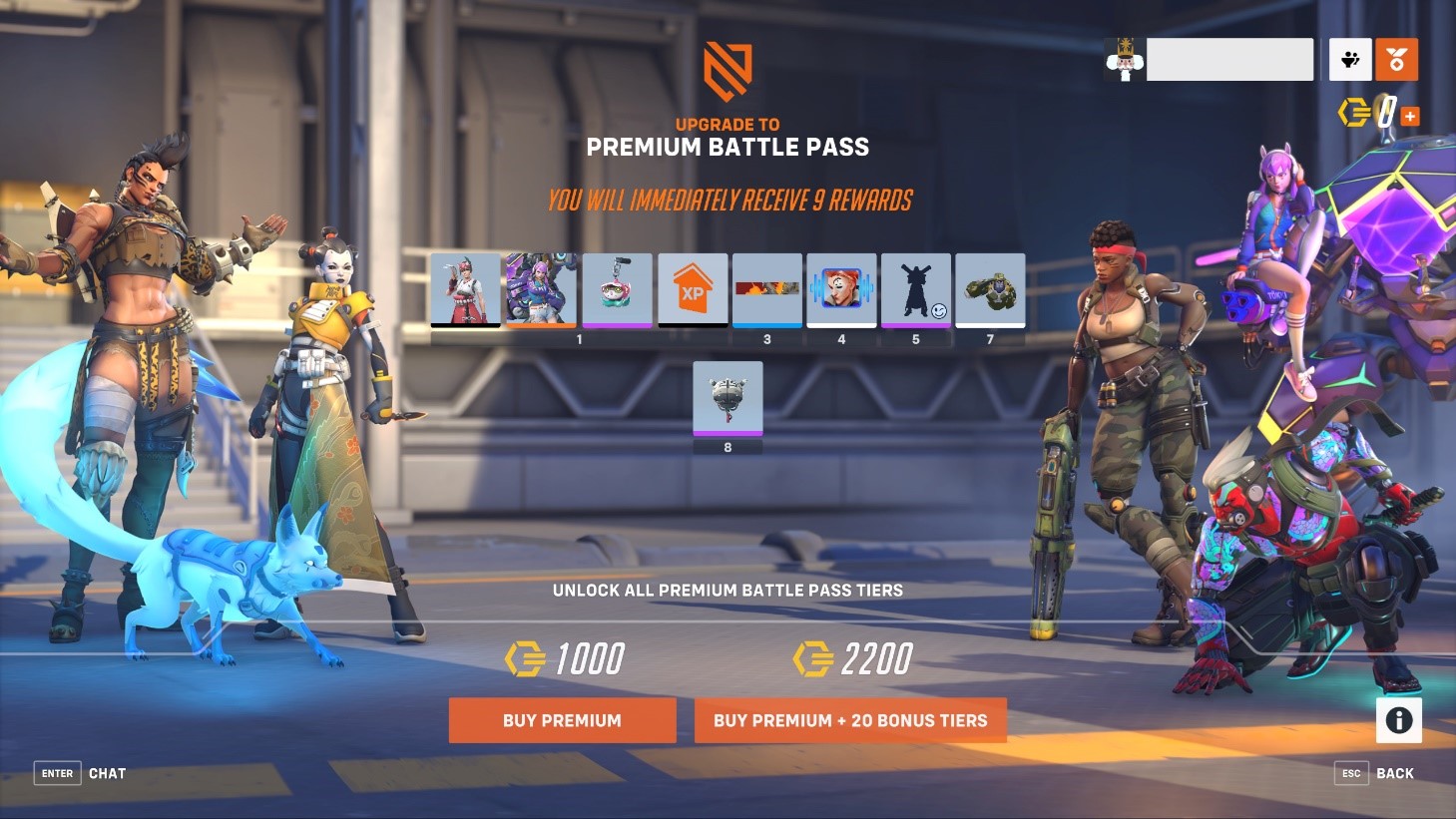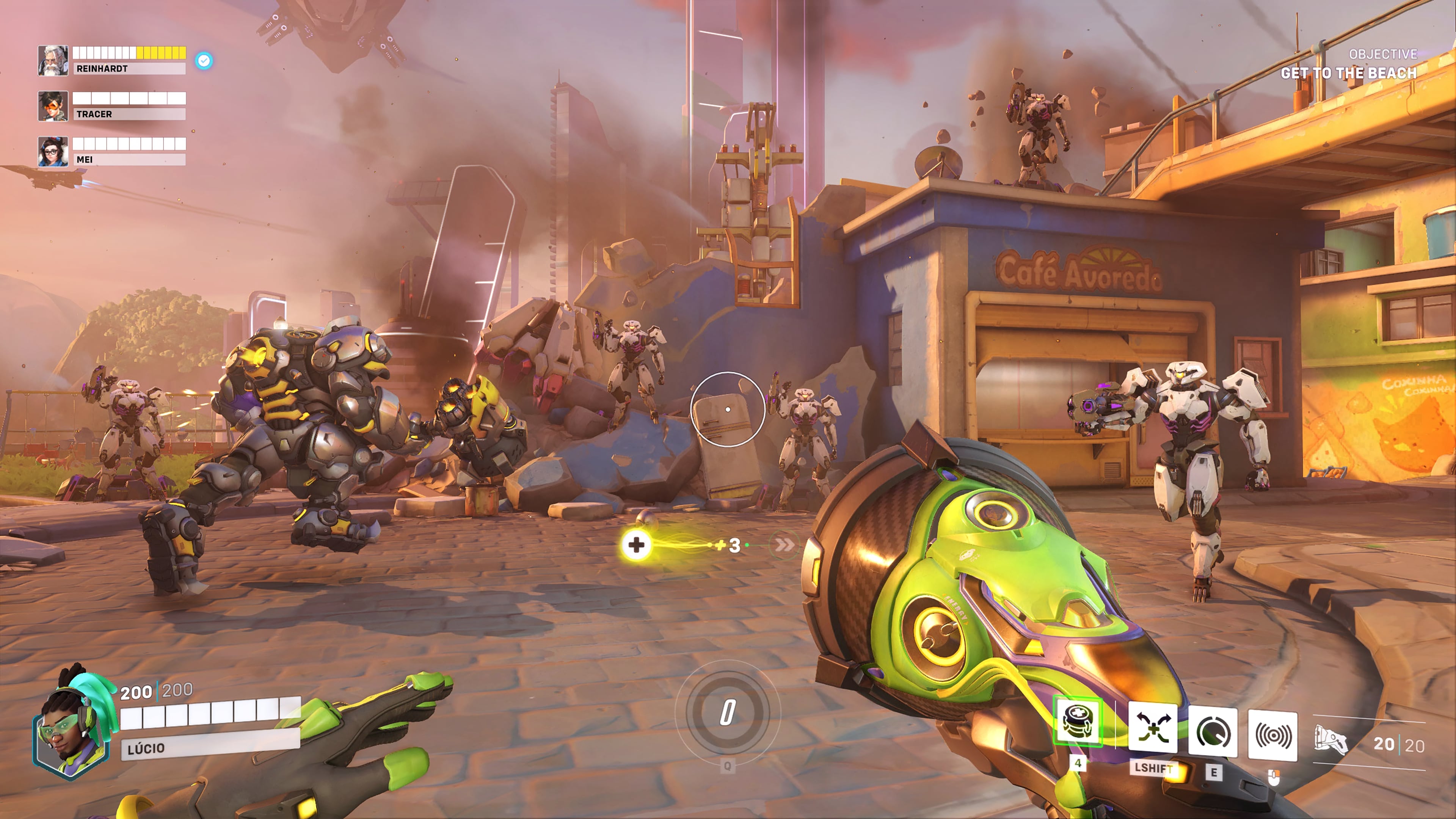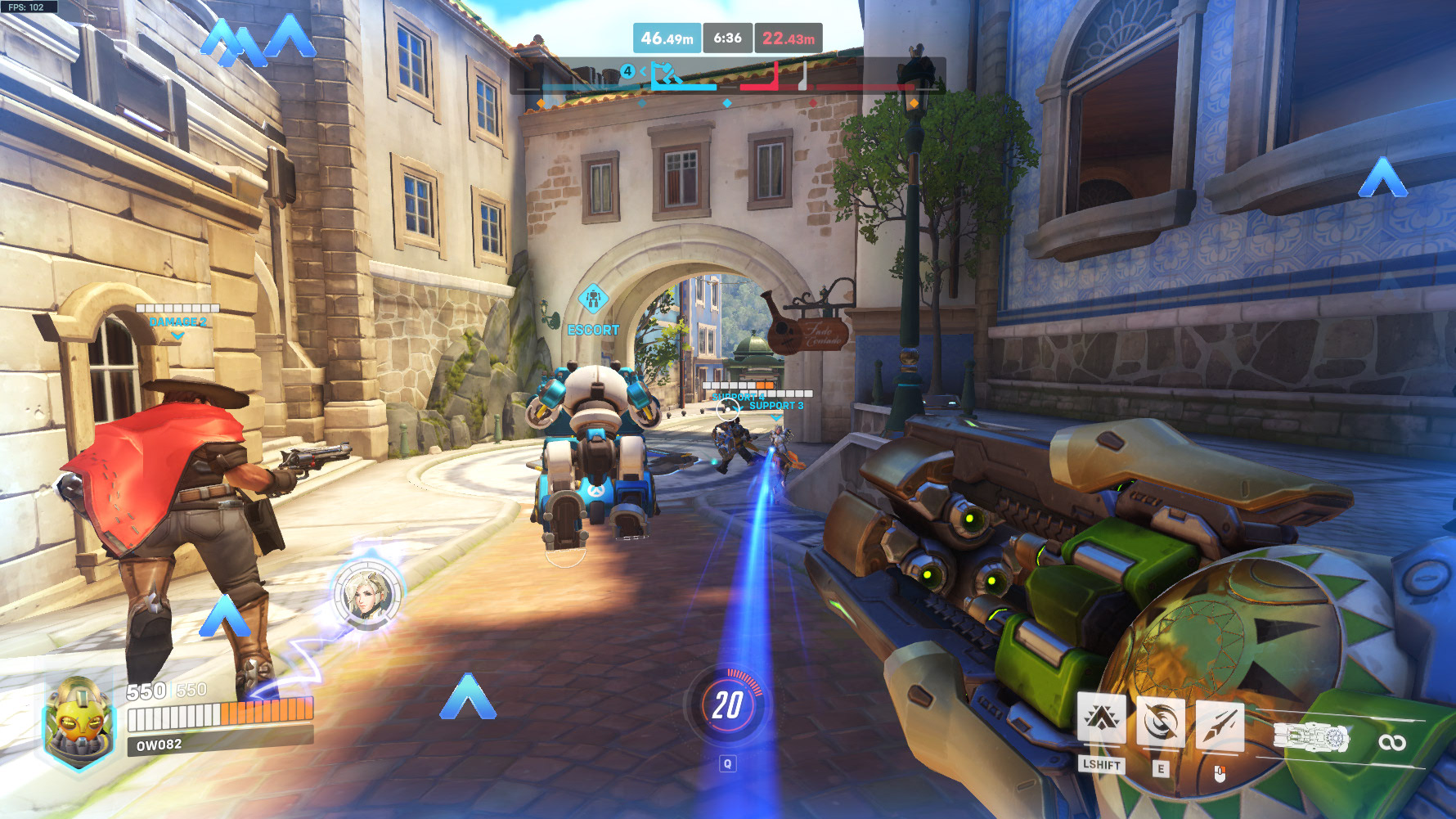Tom's Guide Verdict
Overwatch 2 still has the same enjoyable gameplay loop and incredible character design from Blizzard’s original hero shooter. But this free-to-play update is iterative, rather than groundbreaking.
Pros
- +
Simple, satisfying gameplay loop
- +
Well-balanced heroes
- +
Cross-progression between platforms
- +
Unique art style
Cons
- -
Lack of a player-versus-environment mode
- -
New mechanics risk alienating some players
Why you can trust Tom's Guide
Overwatch 2 is an enjoyable, but not groundbreaking, follow-up to 2016’s Overwatch. Blizzard's online hero shooter is — for now — still a player-versus-player (PvP) online game where you and a team of heroes face off against other player-controlled teams. The lack of a player-versus-environment (PvE) mode is noticeable, though, and does a disservice to the effort that Blizzard has put into its hero design.
The other big pitfall that Overwatch 2 faces is the introduction of some new mechanics that could ultimately stratify players. The first-time user experience prevents new players from feeling overwhelmed, but it also restricts certain heroes and modes at the start. Similarly, the new battle pass and SMS protection could place undue burdens on more casual players, which seems at odds with the game's accessible free-to-play design.
Platform: PC, PS4, PS5, Switch, Xbox One, Xbox Series X/S
Price: Free-to-play, with microtransactions
Release Date: October 4, 2022
Genre: Multiplayer FPS
Despite these shortcomings, the core Overwatch 2 experience feels good. The game mechanics should keep your heart racing, and the map designs demand your constant attention. The character design remains excellent, with a wide variety of heroes who all feel great to play. The game's bright visuals and engaging sound design also stand out. Overwatch 2 isn't a monumental leap forward, but it's still an excellent game. Read on for our full Overwatch 2 review.
Overwatch 2 review: Gameplay

Overwatch 2, like its predecessor, is an online hero shooter. In a typical match, you'll team up with four other players and try to defeat the opposing team. After each match, you'll receive experience points (XP). A match takes less than ten minutes, but you'll be on the edge of your seat the entire time. Even on larger maps, you'll be in combat almost constantly.
This is where Overwatch 2 excels. The combat keeps you constantly on your toes, shifting between weapons and abilities to crush the enemy team and achieve your objective. You'll want to dive in immediately, and stay in for as long as possible.
What also sets Overwatch 2 apart from similar games is its hero design. Overwatch 2 utilizes three hero types: tank, damage and support. They work in concert with each other. As an example, support heroes can assist and heal the rest of the team. If your team has too many support heroes, then you won’t damage the enemy enough. If your team has too few support heroes, then your team will die faster than your opponents.
There are a variety of heroes within each class type. Tank heroes, for example, act as a shield for the rest of the team. However, each tank accomplishes this in a different way. Some may prefer Reinhardt’s large energy shield and massive swinging hammer; others may prefer to use Orisa’s rapid-fire gun to pin down opponents.
Get instant access to breaking news, the hottest reviews, great deals and helpful tips.
Damage heroes may be the most comfortable for first-person shooter (FPS) veterans, and the game knows this. When you first boot up Overwatch 2 and begin the tutorial, you play as Soldier: 76, whose assault rifle, grenade launcher and sprint ability would not feel out of place in a Call of Duty game. The other damage heroes have similar designs, but Sombra's ability to hack health packs, for example, feels different from Soldier: 76’s point-and-shoot approach.
Each character also has unique abilities, which are integral to their survival. In other FPS games, you can simply run around the map while firing off your primary weapon and still contribute to a match. Not so in Overwatch 2. Your hero abilities are designed specifically to make up for your shortcomings, and your ultimate ability such as can totally swing the flow of a game.
For example, Ashe, a damage hero, has an ability that fires the equivalent of a shotgun, which not only damages your opponent but also pushes you back and out of harm’s way. And Pharah’s ultimate ability unleashes a barrage of rockets that can clear out an entire combat zone in one fell swoop. Having to use these abilities to survive separates Overwatch 2’s combat from many other shooters.
Overwatch 2 review: Maps and modes

If you like competitive play and are new to the Overwatch series, you may find yourself frustrated early on in Overwatch 2. The game requires new users to win 50 quick play unranked matches to unlock competitive play, which will take at least 12 hours — if you win every single match.
The map modes determine how you play the game. "Control" maps push both teams towards a single objective; "escort" has one team move a payload toward an objective; and "push" is similar to "escort," except that both teams have to move the payload. Hybrid maps start out as "control" scenarios but then transform into "escort" situations once the offensive team captures the control point. Ultimately, though, all four map types draw the combatants to a single point of contact, where the game's engaging combat shines.
What Overwatch 2 is missing, though, is something radically different from its predecessor. The game could have implemented a PvE mode akin to a single-player campaign. Blizzard puts so much effort into its hero design and builds lore through cinematic trailers. However, Overwatch 2 does almost nothing in-game to further the narrative it wants to build. Blizzard has teased a PvE mode for 2023, but its absence at launch is noticeable.
Overwatch 2 review: New mechanics

With its transition to a free-to-play game, Blizzard has taken the opportunity to add a few new mechanics to Overwatch 2. While these mechanics make sense and seem well-intentioned, they often run the risk of stratifying the player base into haves and have-nots.
One example is the new SMS protect mechanic, which Blizzard designed to prevent cheating by using two-factor authentication. Instead, this feature could prevent anyone with a prepaid phone from playing the game. Blizzard is aware of this, and has promised to look into it.
The biggest example of the game's potential caste system is the Overwatch 2 battle pass, though. As you earn experience points by completing matches, you move up through the tiers of the battle pass and unlock rewards. If you pay for a premium battle pass, however, you unlock more rewards, and you unlock them more frequently.
The issue here though is that free players will have to grind a lot. In the game's first season, Blizzard has locked a new hero, Kiriko, behind a high tier in the battle pass. While I didn’t find Kiriko vital to the game, she may be the perfect character for some players. If you’re on the free battle pass track, it will take at least 50 hours to unlock her.
This grind is also evident in how you can get Overwatch Coins, the game's premium currency. The problem is, you’ll need 2,000 coins to purchase the paid battle pass, and there is no way to earn enough Overwatch Coins to do so in a regular season
The other major change is the first-time user experience. In Overwatch 2, new users will need to go through this guided experience to fully unlock the game, starting with the game’s tutorial. As you play more and more matches, you'll unlock the rest of the game's heroes and modes. While this could help new players from feeling overwhelmed, it could also prevent them from accessing the full hero roster right away. That could be off-putting to those hoping to use a specific hero from the start.
Overwatch 2 review: Visuals and sound

Fans of the first Overwatch will feel at home when it comes to the visual and sound design of the first game. The Pixar-esque 3D aesthetic and bright, vivid colors make every character stand out. Even when the gameplay loop gets repetitive, the art style helps you stay engaged.
However, the game's bright palette makes certain characters stand out. Tracer’s bright yellow makes her easy to spot, but even heroes with sniper rifles, such as Ana or Widowmaker, cannot hide on a battlefield. This forces you to throw yourself into the action.
Sound design matters too, as listening for gunfire and footsteps can help you avoid damage. Since there is no radar, you are reliant on these sound effects to determine where your opponents are. Meanwhile, the soundtrack’s synthetic notes become more climactic as you approach the completion of the match, pumping you up just as the match reaches its most exciting point.
Overwatch 2 review: Verdict

Overwatch 2 is enjoyable, with a gameplay loop that feels satisfying, whether you play for 10 minutes or 10 hours at a time. Even after playing the game for review, I cannot wait to get back into it. Plus, the game also features cross-progression and cross-play across all platforms, you can hop on from just about anywhere.
However, the lack of a PvE mode is disappointing, especially since Blizzard puts so much effort into the world's lore and design of the game. The new mechanics may also alienate a chunk of the game's player base.
Still, despite these shortcomings, Overwatch 2 is definitely worth your time. The limitations for free players are manageable, and you can have a great experience despite them. Overwatch 2 may not be perfect, but it remains good at what it does.

Malcolm has been with Tom's Guide since 2022, and has been covering the latest in streaming shows and movies since 2023. He's not one to shy away from a hot take, including that "John Wick" is one of the four greatest films ever made.

